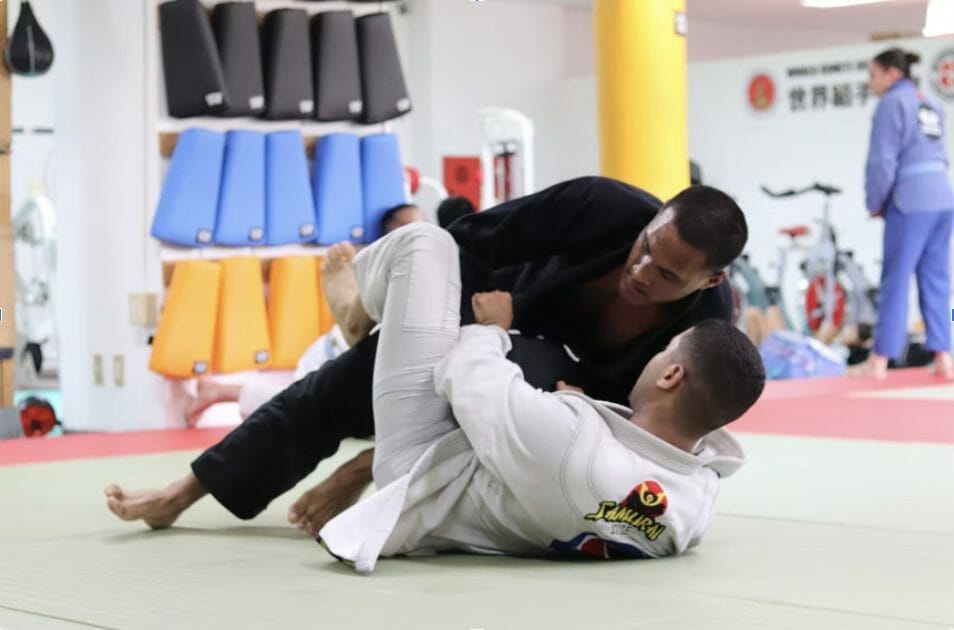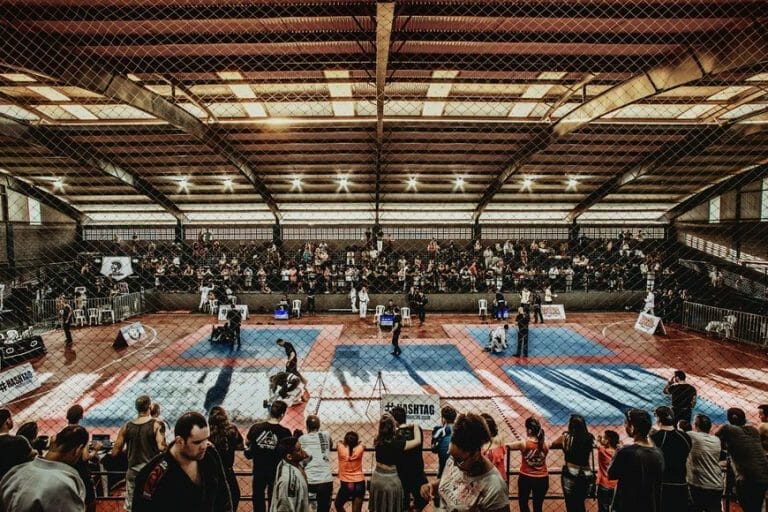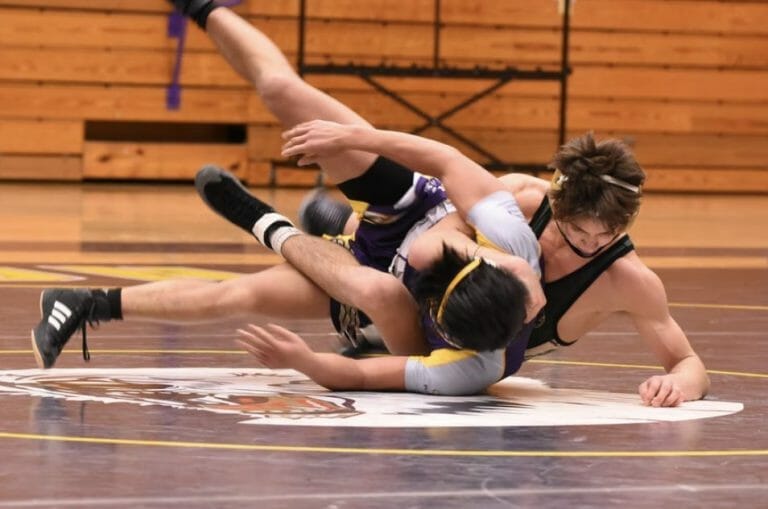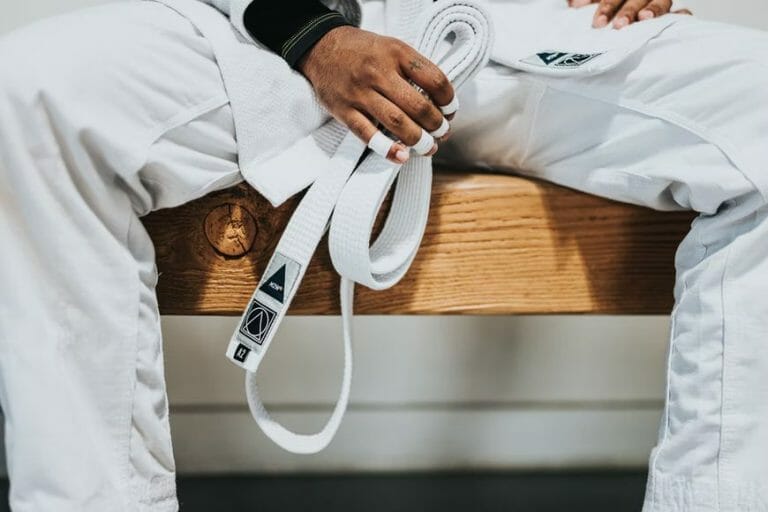Why Learning BJJ in a Takes Time for a Black Belt
Martial arts practitioners and students who are learning BJJ online or through an academy want to improve their Jiu-Jitsu skills, ideally to move to a higher belt. Once they see an improvement, they may attempt to reach the ambitious goal of getting a black belt. What you need to realize, though, is it takes a longer time for a BJJ black belt.
How long? For those with a black belt already, around 10 years or more, making black belts a rarity. If you look at the published list from the International Brazilian Jiu-Jitsu Federation, there are only 6,696 certified black belt holders compared to the millions more practicing the sport.
Brazilian Jiu-Jitsu isn’t like other martial arts where you can spend a few months of intense training and move a belt the next year. A Karate black belt, for instance, is possible in around two to three years if the student is committed enough in the martial arts discipline. Judo can take half the time it takes for a Jiu-Jitsu black belt: around four to six years. Meanwhile, Brazilian Jiu-Jitsu demands an entire decade of training on average to move from a white belt to a black belt.
Are there any BJJ athletes who didn’t take as much longer? As it turns out, BJ Penn mentioned in an interview that he took three years and four months to receive a black belt. However, as the first American to become a Gold medalist in the World Jiu-Jitsu Championship, his athletic abilities are more of an exception rather than the norm.
If you’re aspiring to get a black belt in Brazilian Jiu-Jitsu, it’s best to arm yourself with commitment, dedication, discipline, and consistency in training. It’s a long battle ahead to receive a black belt. You have to earn it. We’ll explore here why BJJ – compared to other martial arts – needs more patience and determination on the mat to earn the highly coveted black belt placement.
Different Learning Styles
To become a better fighter on the mat and get one step closer to your black belt goal, you would have to identify which learning style works best. It depends on your natural athletic abilities, available training resources, and preferred mode of training.
- Through kinesthetic or drills
Otherwise known as the kinesthetic learners, this learning style leans more towards demonstrations. Drillers are keen to perfect their every move. It is through BJJ drills that they apply the kinesthetic mechanisms of Jiu-Jitsu.
Those who prefer to learn BJJ via drills focus on physical interaction and movement. Whether it’s coming in contact or practice drills, kinesthetic learning is an important aspect for one to achieve a black belt.
- Through visuals and concepts
Visual learners better adapt to observing a BJJ maneuver and following them during a fight. They also prefer a deep understanding of BJJ concepts as the framework for their Jiu-Jitsu execution.
By watching a BJJ move, visual learners are better able to grasp the techniques. Those learning Brazilian Jiu-Jitsu online via instructional videos adapt well to this method. It helps them get a black belt from visualizing the grappling, dominating, and submission moves. Getting a grip on the concepts also allows a practitioner to have an easier way towards a black belt.
- Combined method
While learning BJJ via drills or visuals helps improve one’s BJJ skills, a better approach is to include both. Kinesthetic learning is important to gain muscle memory and become a better BJJ fighter on the mat. Meanwhile, visuals and concepts are also important to copy an effective maneuver while following the BJJ foundations.
Understandably, not every person learning BJJ may incorporate drills, visuals, and concepts on the get-go. Depending on your learning style, what you can do instead is to include a bit of these learning styles. If a specific maneuver is tough to execute on a drill, you could try watching someone do the move and copy their technique. Conversely, if the technique you’re visualizing didn’t translate to an effective stance, a few more kinesthetic drills could help translate the move you have just watched.
Each of these learning styles may vary from each BJJ practitioner. They all work well to your goal of getting a black belt. By knowing which learning method works for you, you can focus on the training procedure that will improve your skills and achieve a black belt in the process.
Challenges of Brazilian Jiu-Jitsu
The challenges in learning BJJ and applying the techniques take a long time. To earn a black belt in Brazilian Jiu-Jitsu, one must address every one of these challenges. Every black belt holder in Brazilian Jiu-Jitsu also came from a white belt. They patiently faced the difficult hurdles from a white belt and worked their way off. It’s a deserving placement since they earned their right to a black belt.
Even if learning BJJ and getting a black belt is challenging, the good thing about this combat sport is anybody can learn. Brazilian Jiu-Jitsu isn’t limited to those with a martial arts background or those with a belt from another martial arts. Regardless of one’s athletic abilities, a BJJ practitioner can move to a black belt.
The discipline and skills in BJJ are a lot more strict than in any other martial arts, making it harder for one to follow everything before they can be worthy enough for a black belt. Submission maneuvers, for instance, are harder to set up in BJJ. You both need to be aware of your actions and observe the optimal timing to dominate an opponent.
There is also the risk of injuries, which is doubly challenging in the hard-hitting combat sport of Brazilian Jiu-Jitsu. The maneuvers attack several muscle groups at once, requiring the entire body to move strategically against an opponent.
Another challenge that most BJJ practitioners find hard to overcome is training consistency. They may train for weeks or months at a time and then stop. This could derail your progress to a black belt, adding more years instead to earn it.
Although, those who already have a background in martial arts like Judo or Taekwondo may fare well better. Their previous martial arts training may reduce around one or two years from the average 10 years to get a black belt. Still, it’s a long time, even for those coming from a martial arts experience.
Mat Time and Training Frequency
For a BJJ practitioner to earn a black belt, they need to spend time on the mat first. This means spending time in training and learning all the aspects of Brazilian Jiu-Jitsu – be it from applying the fundamental BJJ concepts to grappling techniques. All of these aspects take a longer time to learn.
As it takes a long time to get to a black belt, a BJJ practitioner can focus on the strengths and weaknesses instead. Find out which techniques are harder to execute. Is your submission game a little ineffective? Take the time to work on these weaknesses. You will need to allot more time and training frequency to help address your poorly-executed BJJ skills.
The frequency of BJJ training contributes to gradual improvement. With so many grappling techniques to choose from, you would need to pick which dominating or defensive stance would work well for your fighting style. It will take time to find your sweet spot or a signature move.
Most BJJ practitioners committed to the combat sport will allot a training frequency of around three to five times a week. Whether it’s in a gym or learning BJJ online, the training frequency matters towards getting a black belt.
For those who cannot follow a strict schedule, this is where instructional videos fill the training gap. Learning BJJ online to earn more training time and become skilled already at the mat can fast track their way to a Brazilian Jiu-Jitsu black belt.









